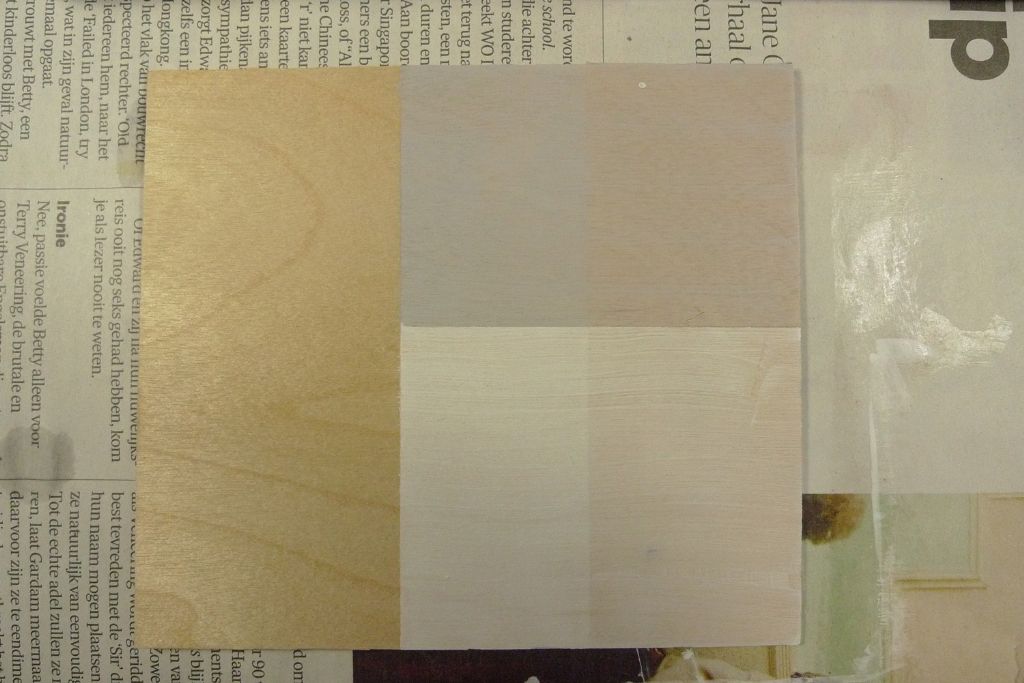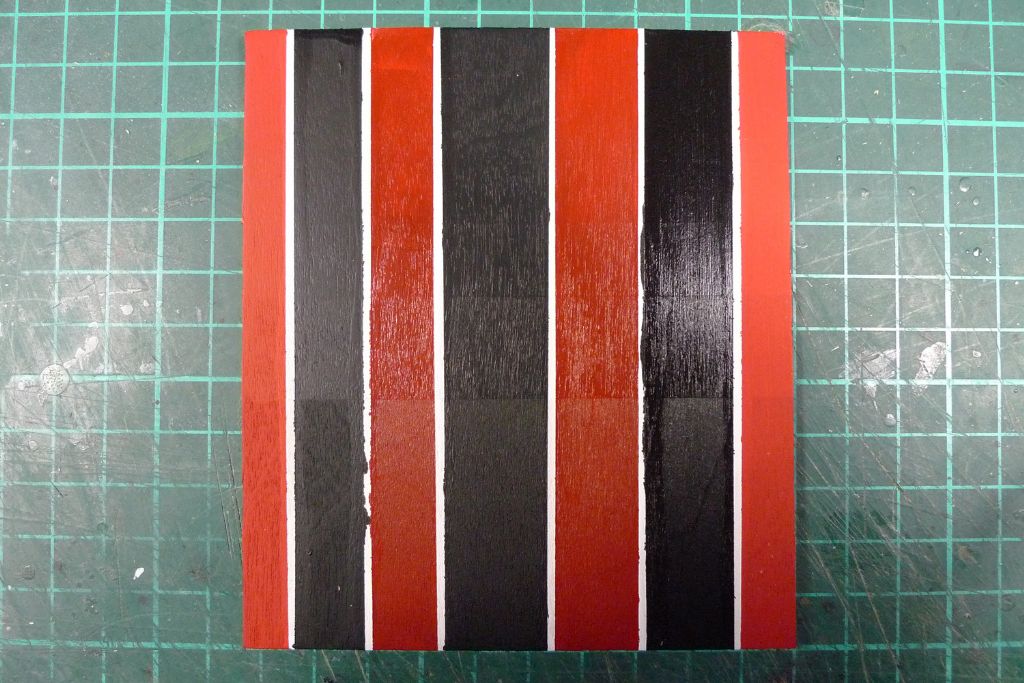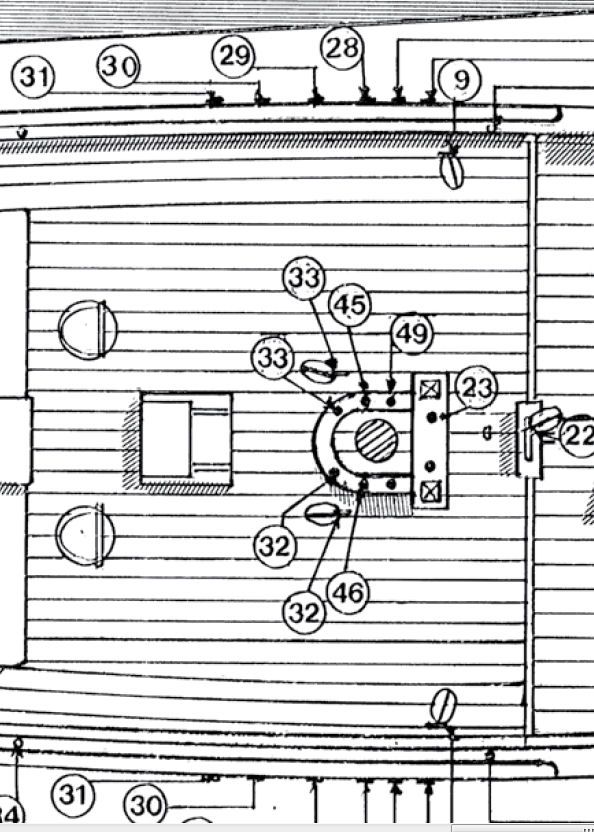John,
I won't say "I tried to tell you so", but I will say "indeed!" 
Furthermore, I think you are going to find that the top coat will cover even better than the primer did!
Whether or not to do two coats of primer is, I would say, probably not a major issue, but if you look again at my test piece photos, below, you'll see that where I put on two coats of primer, in the middle of the piece, the same amount of subsequent top coat does have a somewhat deeper and more vibrant colour, so perhaps it wouldn't be a bad idea to do one more thin coat of primer?!


As for how much time before overpainting, I'd say a couple of hours should be more than enough, provided the previous coat wasn't brushed on too thickly. As you have noticed, these acrylics are very fast drying!
However, they are very right to warn you against masking off too soon! Acrylics dry from the outside in, and you should indeed give them at least 24 hours to harden properly all the way through; also, it is a question of not only the (water based) solvent drying, but also the medium.
A further thing to consider when it comes to masking off is the order of the paints involved. If it were I who was painting this type of colour scheme, I would start with putting on the white boot topping top coat in a wide enough, unmasked (to avoid raised paint edges) band around the entire mid of the hull. Once that was well and properly dry (say 48 or even 72 hours later), I would mark out the upper edge of the boot topping with a pencil held in a holder of some sort all around the hull, and then apply a single and continuous, thin (1 mm? 2 mm?) strip of flexible masking tape just below the pencil mark (so that, when the black top coat goes on, it covers the pencil line) all the way around the hull (with the ends meeting up in the middle underneath the stern counter).
After pressing down this masking tape very well indeed, I would then further protect the upper half by adding a wider strip of masking tape overlapping the first from above, and then go on to paint on the red bottom hull top coat.
Once this was done and properly dry, I would reverse things, with a second wider strip of masking tape overlapping the boot topping masking tape from below and go on to paint the top half black.
Once everything is nice and dry, the initial strip of thin masking tape is removed, and hey presto: you have a hull with black topsides, red bottom and a crisp, even white boot topping!
The main advantages of this order of procedure is that you don't have to try to mask off the boot topping edges from both above and below (which can make it quite tricky to get an even width to the line), but instead create the line by using the width of the masking tape. Also you don't have to put white paint on top of black and red, something which will require several more and thicker coats of white to get a good, solid cover to the white (in other words, if at all possible, always put darker paints on top of lighter ones and not the other way around).
Finally, for masking tape, don't use DIY/house painting tape! Some of those have too strong a glue, and may lift your paintwork; others again are likely to be too weak. Personally I am a great fan of the Tamiya range of dedicated model masking tapes! You should be able to get them from the hobby store you said you found …
Mattias








